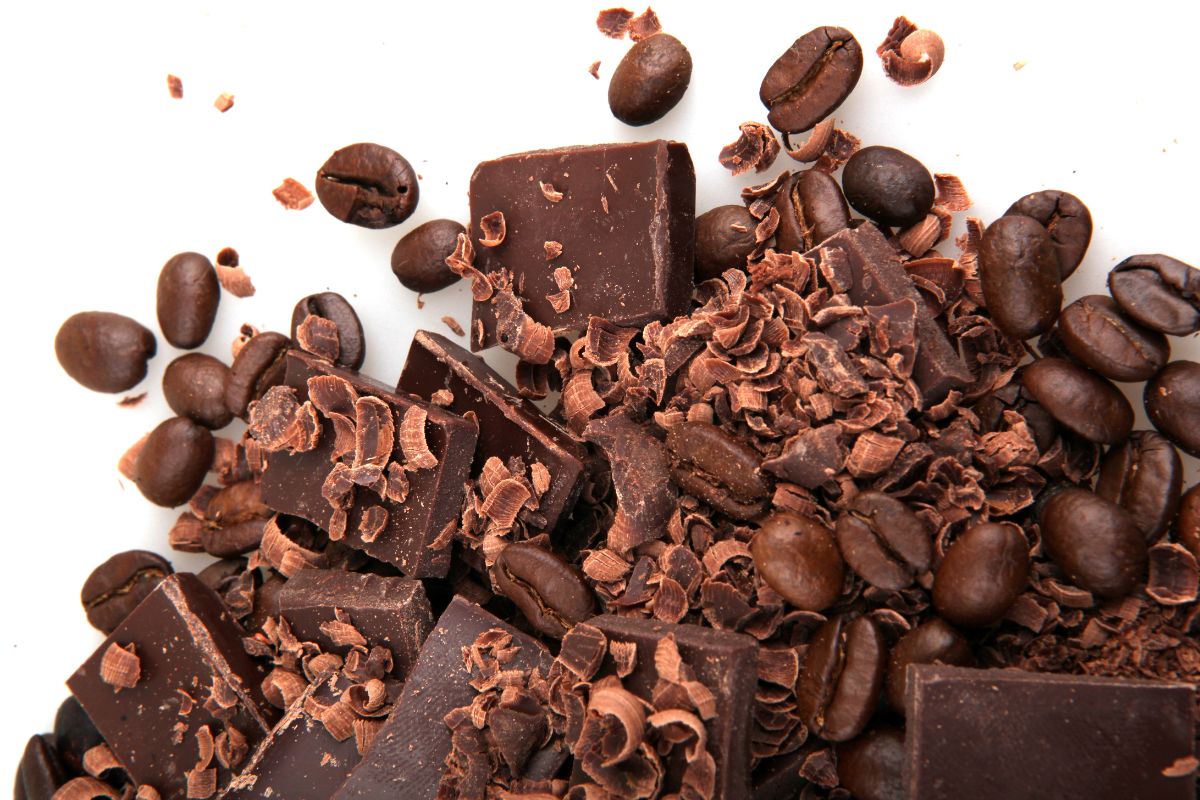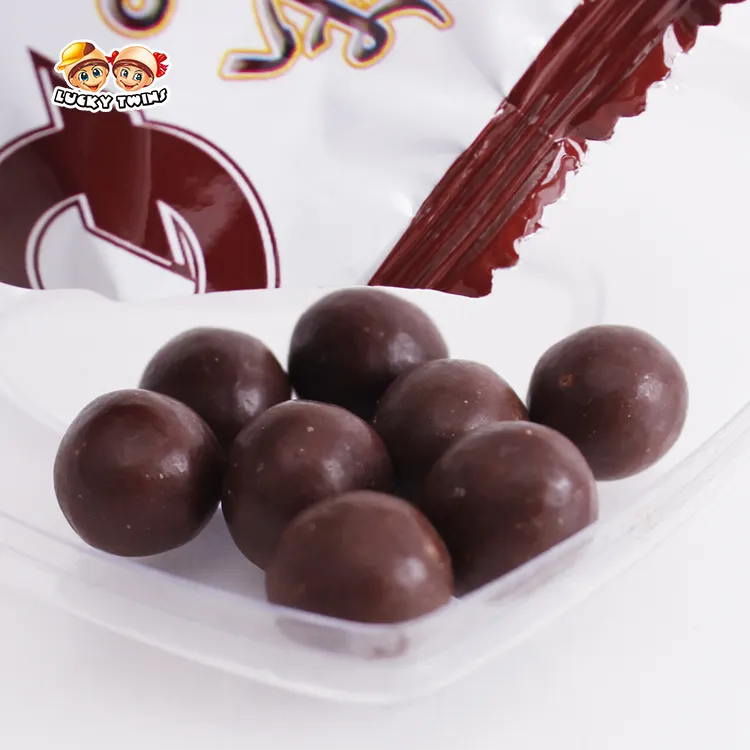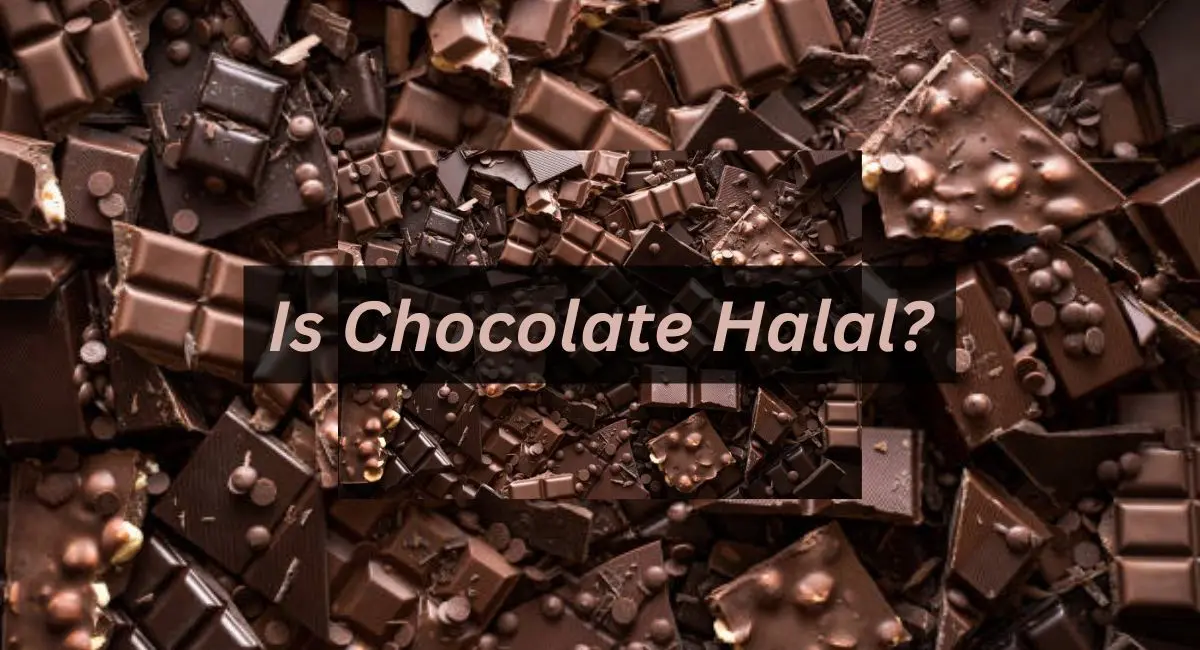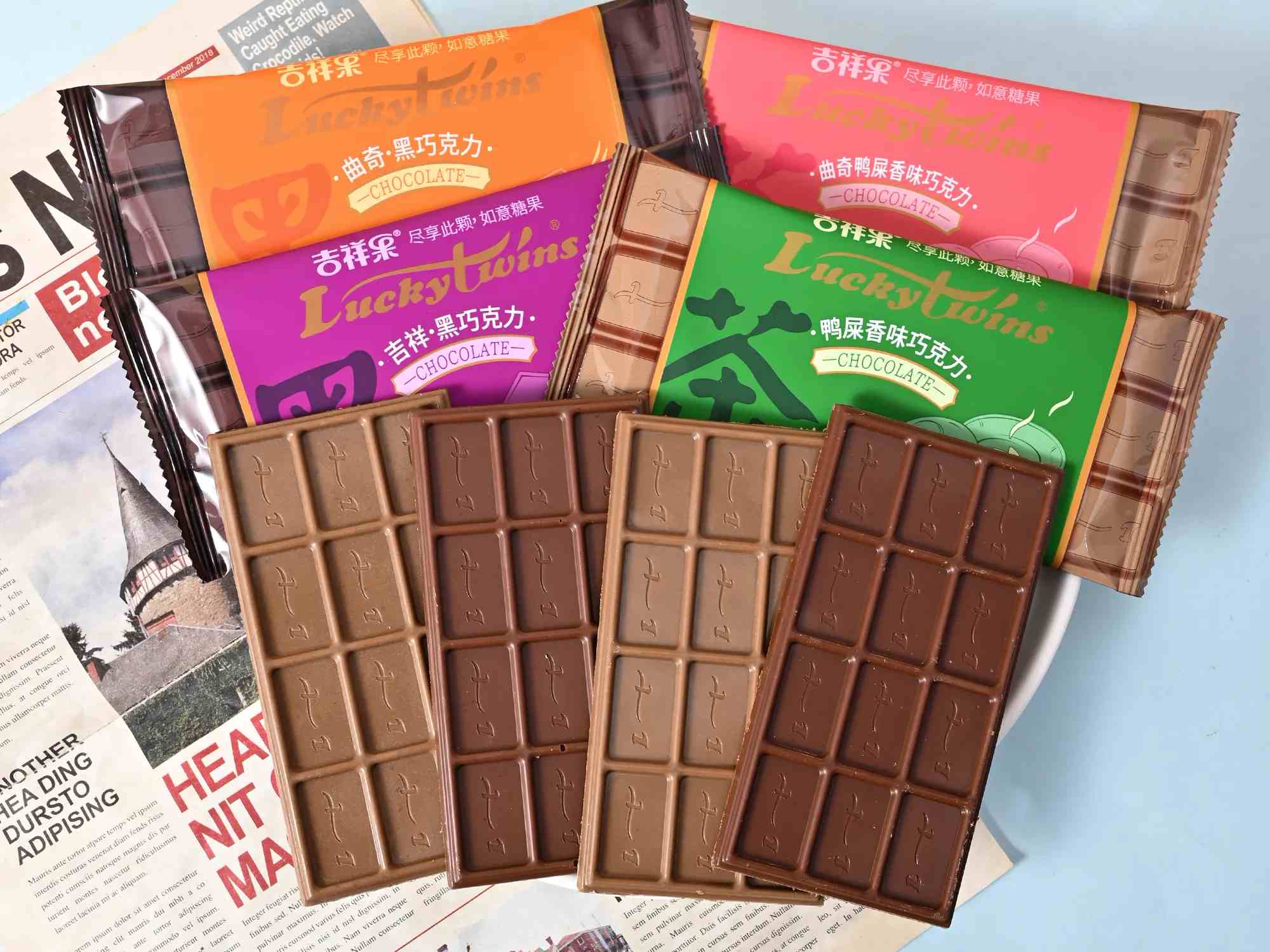Como dulce popular, el chocolate atrae a innumerables aficionados de todo el mundo por su rico sabor y sus diversas variedades. El chocolate, como el café, tiene un fuerte aroma. ¿Sabe que el chocolate contiene cafeína? La cantidad de cafeína que contiene el chocolate también se ha convertido en una preocupación para muchos consumidores. Descubramos juntos este misterio para ayudarle a elegir y disfrutar mejor de los alimentos de chocolate.
¿Qué es la cafeína?
La cafeína es un compuesto natural que pertenece a la clase de los alcaloides xantina y se encuentra ampliamente en plantas como el café, el té, las semillas de cacao y el guaraná. Es un estimulante del sistema nervioso central que puede disipar temporalmente la somnolencia y restaurar la energía.
La cafeína bloquea los receptores de adenosina, reduce el efecto sedante de la adenosina y aumenta la excitabilidad de las neuronas. Esto conduce a una neurotransmisión acelerada, mejorando así el estado de alerta, la atención y la velocidad de reacción. La cafeína también puede aumentar la liberación de dopamina, que produce placer y aumenta la motivación.

¿Tiene cafeína el chocolate?
La respuesta es sí. El principal ingrediente del chocolate son las semillas de cacao, por lo que contiene cafeína. Aunque el chocolate tiene cafeína, su contenido es relativamente bajo y no tan obvio como el café o el té. Para la gente normal, comer chocolate con moderación no causará problemas obvios de ingesta de cafeína, pero los que son sensibles a la cafeína, todavía tienen que prestar atención a la cantidad de consumo.
¿Cómo se forma la cafeína en el chocolate?
La cafeína del chocolate procede principalmente del grano de cacao, que es su materia prima. Las habas de cacao contienen cafeína y teobromina de forma natural, y la cafeína se encuentra en los sólidos de cacao y la manteca de cacao producidos por el proceso de tostado, descascarillado, molido y calentamiento de las habas de cacao. Estos ingredientes se retienen y pasan al producto final de chocolate.
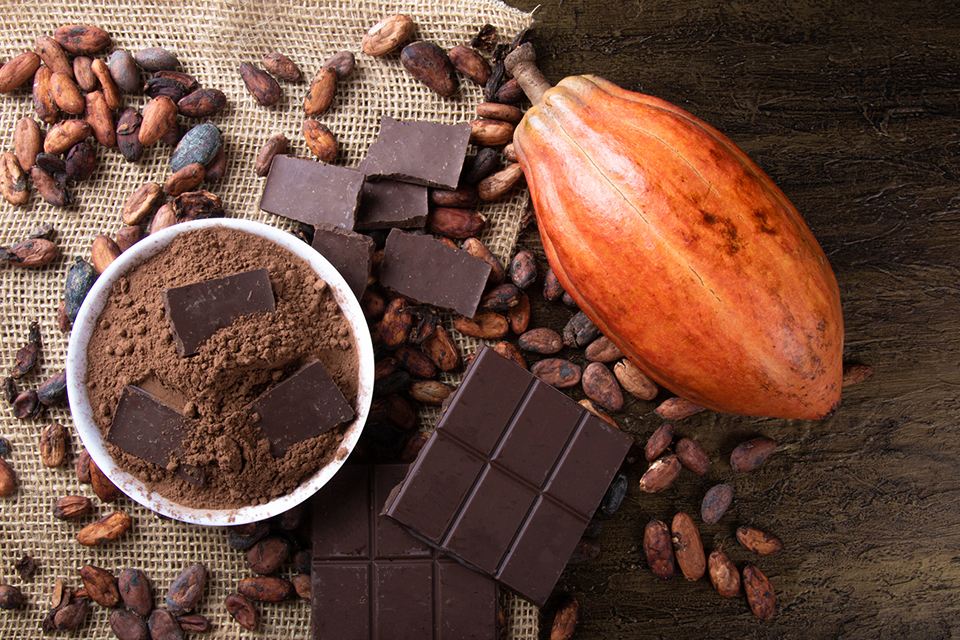
¿Cuánta cafeína hay en el chocolate?
La cantidad de cafeína del chocolate depende del tipo de chocolate y de la procedencia de las habas de cacao. En general, cuanto más oscuro es el chocolate, mayor es su contenido en cafeína. Los distintos tipos de chocolate tienen diferentes proporciones de ingredientes, lo que puede afectar al contenido de cafeína.
¿Tiene cafeína el chocolate negro?
No hay duda de que todos los chocolates negros contienen cafeína, pero son los que más cafeína contienen de todas las variedades de chocolate. Esto se debe a que el chocolate negro se elabora con más sólidos de cacao. Pero eso no significa que tengas que renunciar al chocolate negro. Aunque es el chocolate con más cafeína, el chocolate negro tiene una cantidad relativamente pequeña de cafeína en comparación con el café y el té. En comparación, una ración de chocolate negro contiene aproximadamente una cuarta parte de cafeína que una taza de café normal.
Si es especialmente sensible a la cafeína, pruebe a tomar chocolate negro durante el día en lugar de por la noche para no interrumpir el sueño con una taza de café. Además, comer chocolate negro con moderación tiene muchos beneficios: por ejemplo, se sabe que es bueno para la salud del corazón y es rico en antioxidantes y minerales.
El USDA informa del siguiente contenido medio de cafeína por onza de chocolate:
El chocolate negro con cacao 70-85% contiene 22,7 mg de cafeína
El chocolate negro con 45-60% de cacao contiene 12,2 mg de cafeína
¿Tiene cafeína el chocolate con leche?
Sí, el chocolate con leche tiene cafeína, pero contiene mucha menos cafeína que el chocolate negro. El sabor suave y cremoso del chocolate con leche procede de una mezcla de cacao y leche en polvo. La proporción de leche reduce la proporción de cacao, con lo que disminuye el contenido de cafeína.
Según el USDA, el contenido de cafeína por 1 onza es:
1 onza de chocolate con leche contiene 5,6 mg de cafeína
¿Tiene cafeína el chocolate blanco?
La respuesta es no. El chocolate blanco contiene 0 mg de cafeína. Esto se debe a que sus ingredientes son ligeramente diferentes a los de otros chocolates. El chocolate blanco se elabora con manteca de cacao, leche en polvo, azúcar y vainilla. La manteca de cacao es la parte del grano de cacao que no contiene cafeína.
Creo que usted también tiene una pregunta de este tipo: ¿El chocolate blanco se considera chocolate? Algunos amantes del chocolate y puristas creen que sólo los productos que contienen sólidos de cacao pueden llamarse chocolate de verdad. Por lo tanto, no consideran que el chocolate blanco sea auténtico chocolate. Otros creen que mientras el producto contenga ingredientes extraídos de las semillas del cacao (como la manteca de cacao), puede considerarse un tipo de chocolate. Por tanto, aceptan el chocolate blanco como parte del chocolate.
En muchos países, como Estados Unidos y Europa, el chocolate blanco se define como un tipo de chocolate, siempre que contenga al menos 20% de manteca de cacao, 14% de sólidos lácteos y 3,5% de grasa láctea. Según esta normativa, el chocolate blanco cumple las normas del chocolate. Desde el punto de vista legal y gastronómico moderno, el chocolate blanco sigue considerándose chocolate.

Cantidad de cafeína por país
La procedencia de las habas de cacao influye mucho en el contenido de cafeína, ya que el clima, el suelo y la altitud pueden afectar a la composición de las habas. En este estudio se tomaron 200 muestras de granos de cacao de 26 países diferentes. He aquí algunas conclusiones generales:
- El mayor contenido de cafeína se encuentra en el cacao de Ecuador, Venezuela y Perú.
- El contenido más bajo de cafeína se encuentra en el cacao de Ghana, Costa de Marfil y México.
- El cacao cultivado en el Caribe y Sudamérica suele tener más cafeína que el cultivado en África.
Otro dato interesante es que el tostado de los granos de cacao no afecta a su contenido en cafeína, y lo mismo ocurre con el tostado de los granos de café.
Comparación de la cafeína en el chocolate, el café y el té
El contenido de cafeína del chocolate, el café y el té varía en función de los ingredientes utilizados y del método de preparación. A continuación te presentamos una tabla comparativa del contenido en cafeína de distintos chocolates, cafés y tés para que lo entiendas de forma más intuitiva:
| Comida/bebida | Dosis | Contenido de cafeína (mg) |
| Chocolate negro | Por onza (unos 28 gramos) | 12 |
| Chocolate con leche | Por onza (unos 28 gramos) | 3-6 |
| Chocolate blanco | Por onza (unos 28 gramos) | 0 |
| Café de goteo | Por taza (8 oz/240 ml) | 95 |
| Espresso | Por porción (1 oz/30 ml) | 63 |
| Té negro | Por taza (8 oz/240 ml) | 40-70 |
| Té verde | Por taza (8 oz/240 ml) | 20-45 |
| Té blanco | Por taza (8 oz/240 ml) | 15-30 |

Consejos y sugerencias para los consumidores
Conozca su consumo de cafeína
Aunque el contenido de cafeína del chocolate es relativamente bajo, un consumo excesivo puede provocar un efecto acumulativo de cafeína. Preste atención a su ingesta diaria total de cafeína y evite el consumo excesivo de cafeína procedente de múltiples fuentes. Cuando compre productos de chocolate, lea los ingredientes y las etiquetas nutricionales del envase para conocer el contenido de cafeína de cada porción de chocolate.
Elija el chocolate en función de sus necesidades
Para los consumidores sensibles a la cafeína o que necesitan reducir su consumo de cafeína, elegir chocolate blanco o chocolate con leche con bajo contenido en cacao es una mejor opción. Para situaciones en las que necesite refrescarse, puede elegir chocolate negro. Aunque su contenido en cafeína es inferior al del café, sigue teniendo cierto efecto refrescante.
Atención a la reacción del cuerpo
Cada persona tiene una tolerancia diferente a la cafeína, y es importante encontrar el tipo y la cantidad de chocolate que más le convenga. Observa tu reacción a los distintos tipos de chocolate, sobre todo si eres sensible a la cafeína. Si experimenta síntomas molestos como palpitaciones, ansiedad e insomnio, debe reducir su consumo o elegir alimentos descafeinados.
Opciones para ocasiones especiales
En situaciones de trabajo en las que necesitas mantenerte despierto y eficiente, puedes elegir el chocolate negro como tentempié y disfrutarlo con moderación.
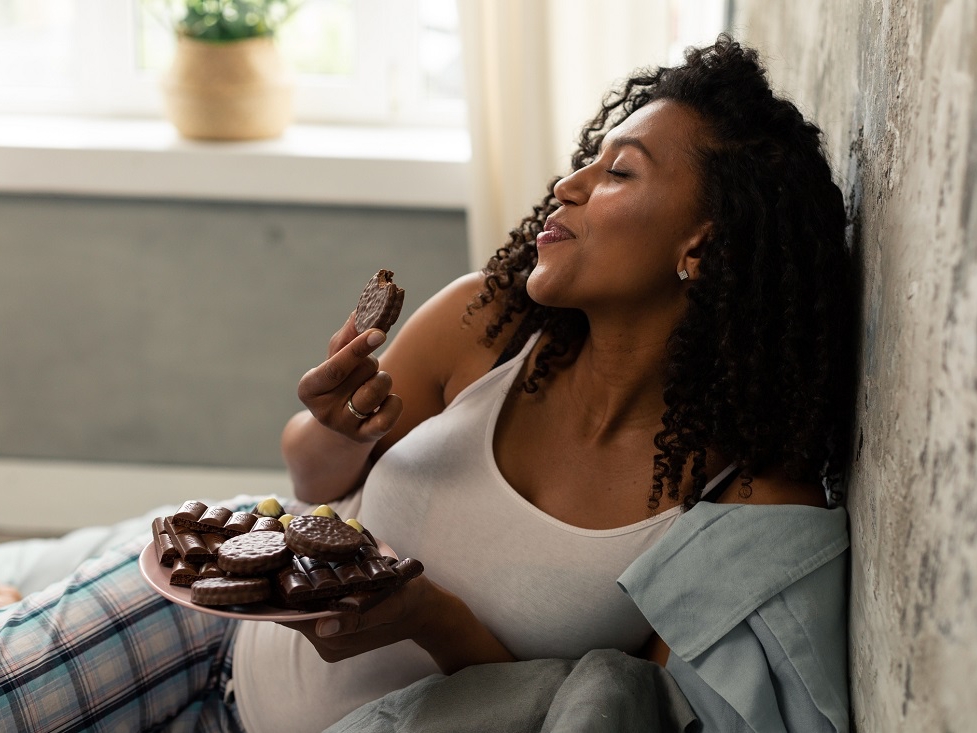
Conclusión
El chocolate no es sólo un delicioso tentempié, sino que también atrae la atención general por su contenido en cafeína y su rica variedad de sabores. Ya sea el rico aroma del chocolate negro, el sedoso sabor del chocolate con leche o el puro aroma lácteo del chocolate blanco, cada chocolate tiene su propio encanto y sus escenarios de consumo adecuados. Conocer el contenido de cafeína del chocolate y elegir el tipo de chocolate que más le conviene puede ayudarle a disfrutar mejor de este manjar, evitando al mismo tiempo los riesgos potenciales de una ingesta excesiva de cafeína.
Sobre esta base, Fruta de la suerte ofrece innovadoras servicios personalizados de aperitivos de chocolate. Tanto si prefiere el chocolate negro tradicional, el sedoso chocolate con leche, el chocolate blanco puro o el novedoso chocolate matcha, podemos ajustarlo y personalizarlo según sus necesidades. Al mismo tiempo, también ofrecemos un diseño de envase personalizado, para que sus aperitivos de chocolate no solo sean deliciosos, sino que también reflejen la personalidad y el sabor únicos de la marca.
Fruta de la suerte venta al por mayor productos de aperitivo recubiertos de chocolate La línea incluye pipas de girasol cubiertas de chocolate, cacahuetes recubiertos de chocolate, bolitas crujientes de chocolate, gominolas de chocolate y caramelos popping de chocolateetc. Perfectos para niños y adultos, nuestros aperitivos de chocolate al por mayor son una gran elección para aperitivos de fiestas o meriendas. Elija nuestros snacks recubiertos de chocolate personalizables al por mayor para hacer de cada degustación una experiencia única y agradable. Invitamos a los compradores B2B a comprar al por mayor.

